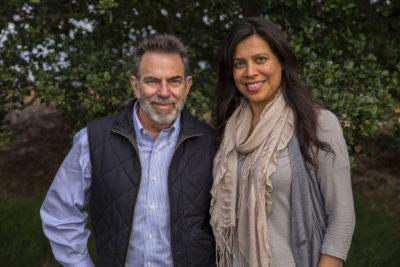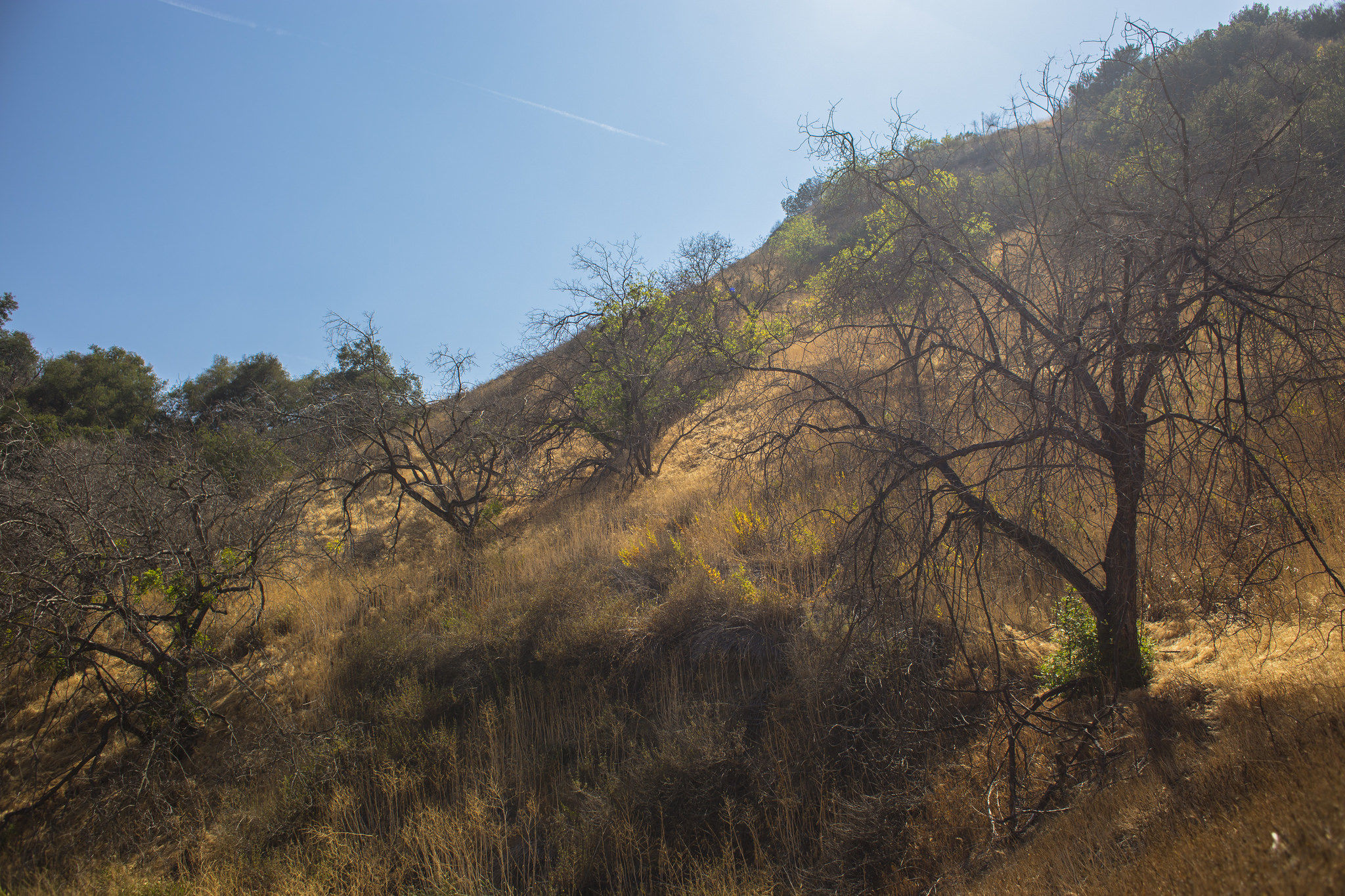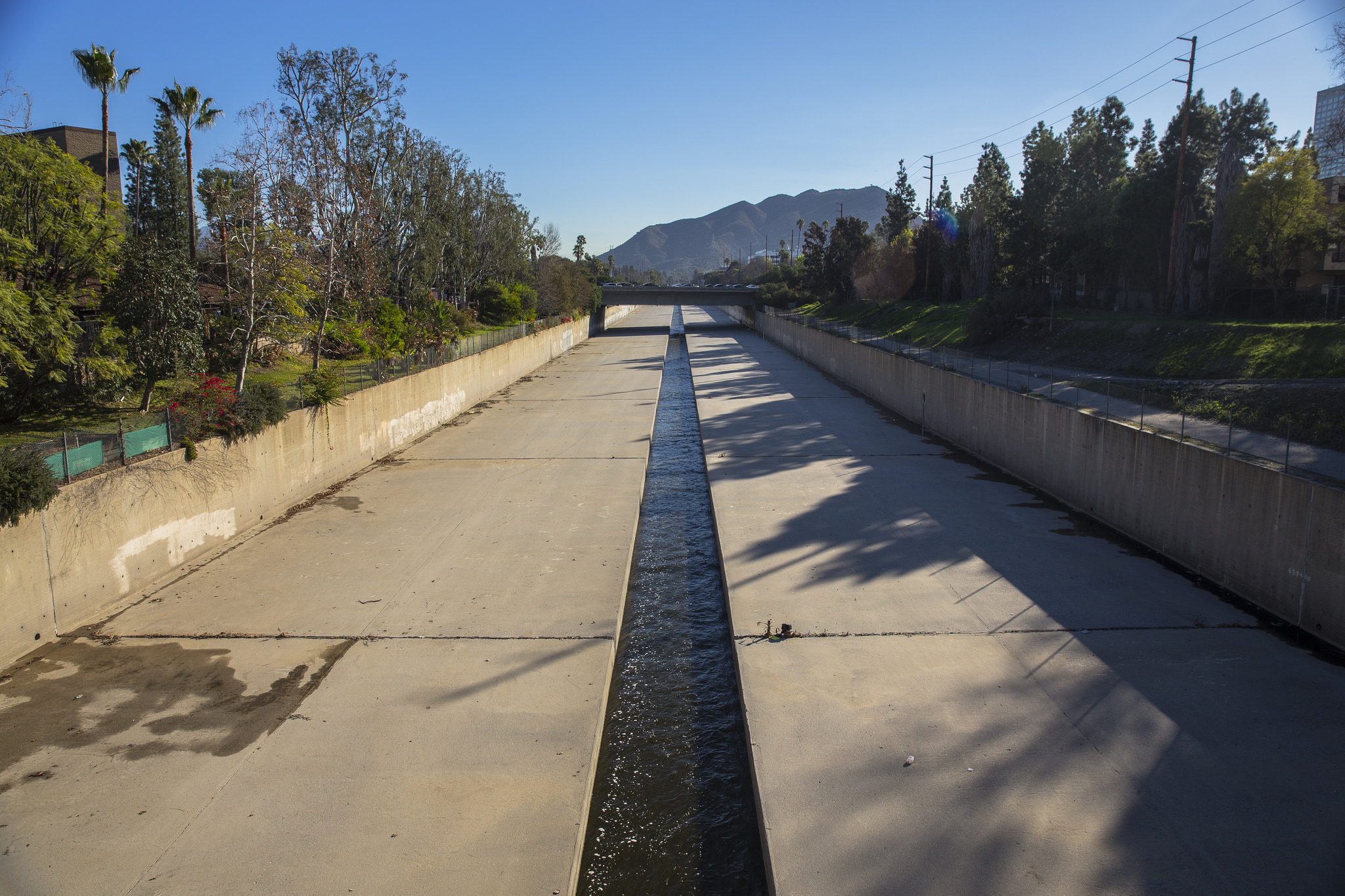As a lifelong Los Angeles resident, I understand the extremes that mother nature can throw at us. I recall the droughts of my youth, when we were all urged to be thoughtful about our water use and conserve. I also remember vividly the opposite extreme, when that scarcity turned to plenty, neighborhoods flooded and streams and beaches poisoned by a toxic stew of polluted runoff.
Years later, as Assemblymember representing the San Fernando Valley and then as a LADWP Assistant General Manager, I began to look upon these weather extremes with a sense of obligation. How do I help ensure a reliable and affordable supply of water to my community for the inevitable droughts of the future? How can I protect public health and environmental quality from pollution? And, how do I help protect the lives and property of my community from the devastation that inevitable floods can bring? The obvious answer, then and today, is to invest in the necessary public infrastructure.

Today I proudly serve as the CEO of TreePeople, one of Los Angeles’ oldest and most effective conservation organizations. One of the things that we at TreePeople have come to believe is that stormwater – another name for rain and its polluted runoff – is not only a threat but also an untapped resource. Once we stop thinking about stormwater separately, we can design and manage our infrastructure as an integrated network of smaller projects such as rain gardens, cisterns and pocket parks as well as larger projects such as green streets and reservoirs.
Just as Los Angeles County’s landscape is diverse and varied, so too are potential stormwater solutions. Some neighborhoods have vast aquifers below them, into which we can infiltrate large amounts of water, provided we have the infrastructure to do so. In others places, where there are no aquifers or the soils won’t allow water to seep in, projects must be designed to capture some water in storage facilities, clean up the rest and move this remaining water safely downstream. Simply put, there is no “one-size-fits all” solution.
Managing water in Southern California can be a complicated business. Different government agencies exist to provide drinking water and to handle wastewater. But, each of Los Angeles’ 88 cities and the county share the responsibility to manage the storm sewer system to deal with stormwater. Individually and collectively, these agencies have many obligations – to provide reliable water supply, protect the public and the environment from pollution, and keep our neighborhoods safe from flooding.
Fortunately, TreePeople regularly works with leaders from the city, county, and surrounding jurisdictions to work together on these problems.
Most Angelenos have embraced the “new normal” as we face a fifth year of drought. Far fewer are aware that the region is required by federal and state law to reduce pollution entering our arroyos, creeks, streams and beaches – pollution that comes from stormwater.

Failure to comply with this order has significant consequences. First, it will continue to expose thousands of our residents to health risks. Second, it will subject cities and the county to large fines and, if not properly addressed, a government-imposed solution.
We can avoid these dire consequences by investing in a new generation of stormwater infrastructure that takes an integrated approach to dealing with water supply, quality and flooding all at once. And, because the most effective stormwater management projects work with nature, the solutions can also contribute to greening communities and enhancing parks and open spaces.
The biggest barrier to moving forward is funding. Unlike more traditional drinking water and wastewater utilities, stormwater lacks the necessary resources. A significant problem is that even though stormwater management is an integral part of our water and sewer system, a single court case has deemed it to be separate and subject to more onerous and burdensome rules.
State Senator Robert Hertzberg (D-Van Nuys) has introduced SB 1298, the Sustainable Funding for Stormwater Projects Act, which would hold stormwater to the same strict standards of accountability and transparency for raising funds as other water and wastewater utilities.
Passing this important piece of legislation is a small but necessary first step to meeting the many needs we have comprehensively in managing water (potable, wastewater and stormwater). This much-needed investment in stormwater infrastructure will lead to the creation of thousands of local jobs, help beautify our neighborhoods, while, at the same time, comprehensively addressing our water needs.

